ISAPP is your source for science-based resources, created and reviewed by experts in the field.
Looking for information you can trust on probiotics, prebiotics, synbiotics, postbiotics, fermented foods and more? Check out ISAPP’s resources for a wealth of accessible, reliable information specific to the field, and search according to the format or topic you need.
1-32 of 77 results
-

Highlighted Talks from the 2025 ISAPP Annual Meeting
In this special episode, ISAPP’s Executive Director Marla Cunningham highlights ISAPP’s annual meeting, held in Banff, Canada in July 2025. Four speakers join the podcast to describe their talks from the meeting: Episode abbreviations and links: About our speakers: Carolina Tropini, University of British Columbia, Canada Dr. Carolina Tropini is an Assistant Professor at the… -
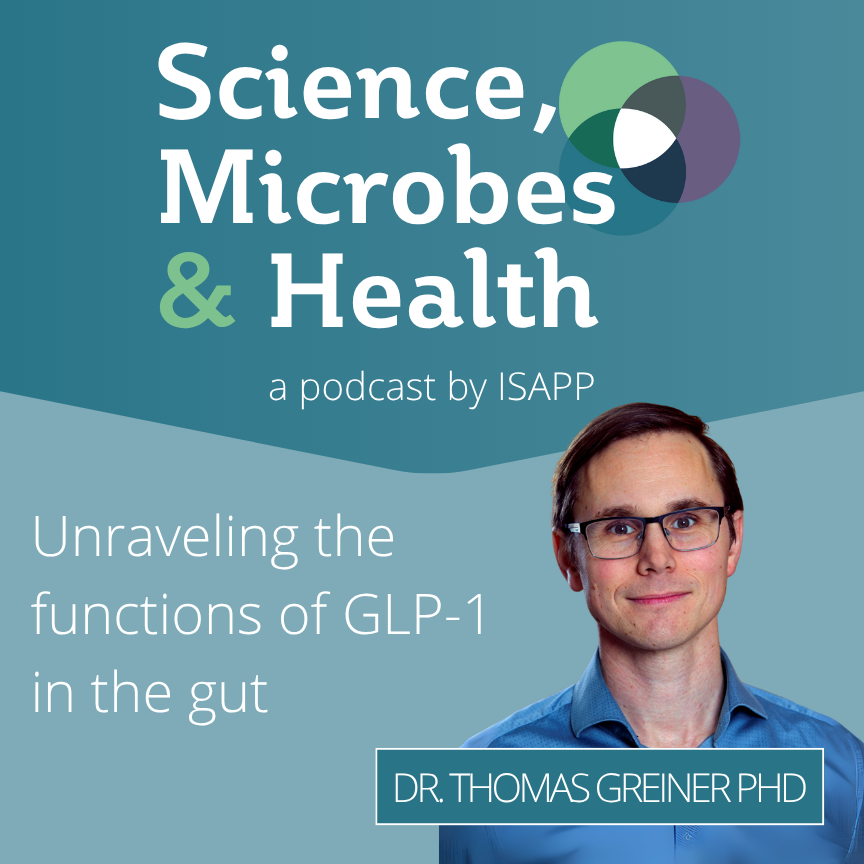
Unraveling the functions of GLP-1 in the gut, with Dr. Thomas Greiner PhD
This episode features Dr. Thomas Greiner PhD from the University of Gothenburg (Sweden), speaking about the various functions of GLP-1 in the gut, and the role of gut microbes in GLP-1 production, with ultimate effects on host health. He noted that GLP-1 is produced by enteroendocrine cells called L-cells, both in the small intestine and… -
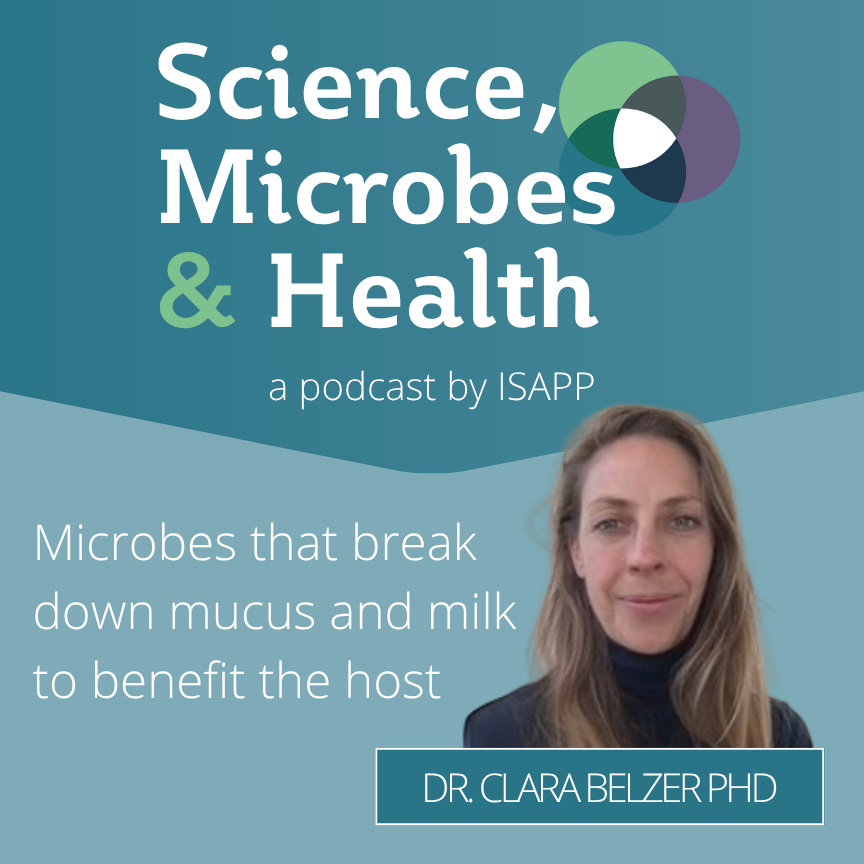
Archive Highlight: Microbes that break down mucus and milk to benefit the host, with Dr. Clara Belzer PhD
We discuss microbes, mucus, and milk with Dr. Clara Belzer PhD from Wageningen University in the Netherlands in this episode. Dr. Belzer, a molecular geneticist, specializes in studying the microorganisms that are equipped to break down the glycans in mucus and human milk within the host environment. Key topics from this episode: Episode abbreviations and links: About… -
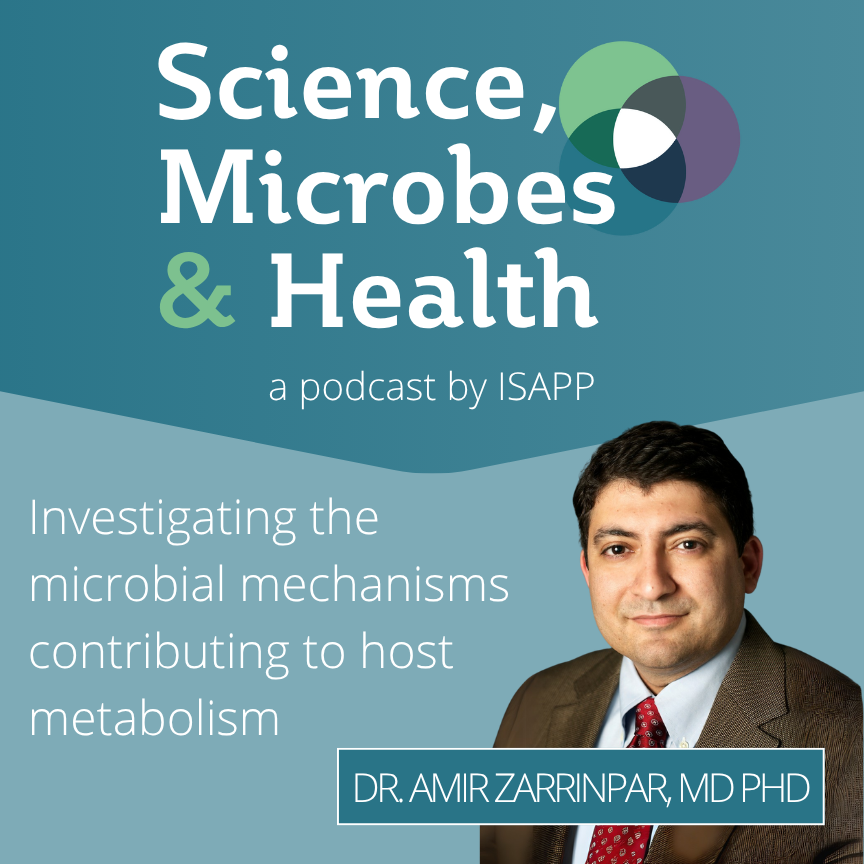
Investigating the microbial mechanisms contributing to host metabolism, with Dr. Amir Zarrinpar, MD PhD
This episode features Dr. Amir Zarrinpar, MD PhD, from UC San Diego (USA) speaking about his work on circadian biology and host metabolism, and what’s currently known about microbial mechanisms. Dr. Zarrinpar explains that in mouse models, restricting feeding to the nocturnal (awake) period is important for their metabolic and overall health. When mice eat… -
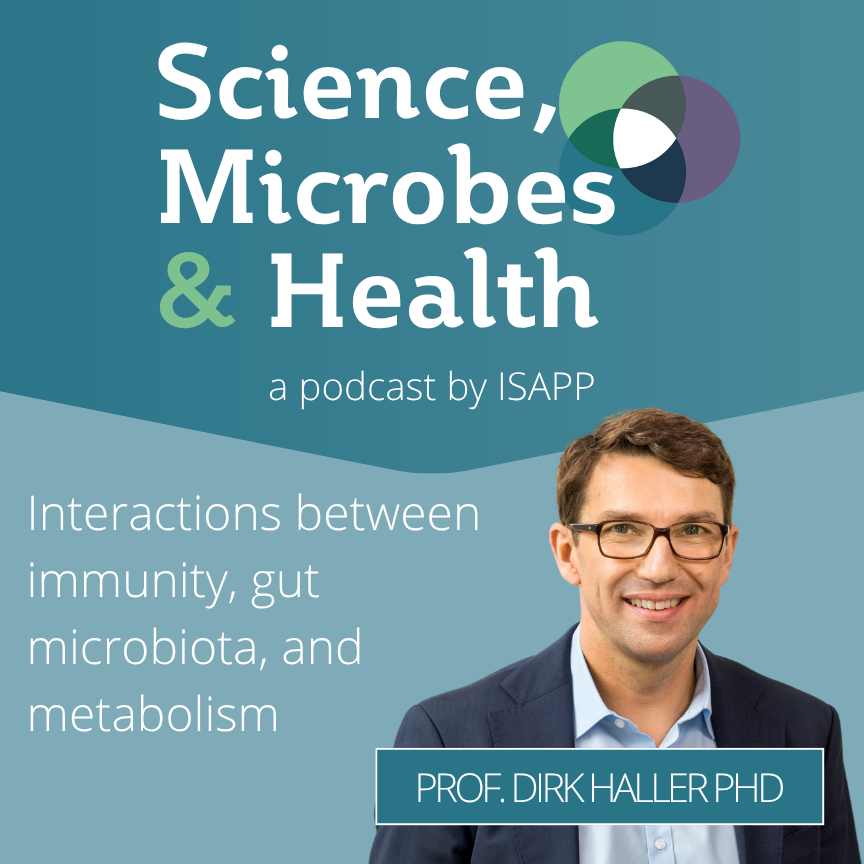
Interactions between immunity, gut microbiota, and metabolism, with Prof. Dirk Haller PhD
This episode features Prof. Dirk Haller from Technical University of Munich (Germany) speaking about his work in the field of nutritional immunology, trying to unravel how immunity and gut microbiota interact with metabolism, ultimately impacting the emergence of chronic diseases. He focuses on how microbe-host interactions in the gut impact inflammatory or tumorigenic responses –… -
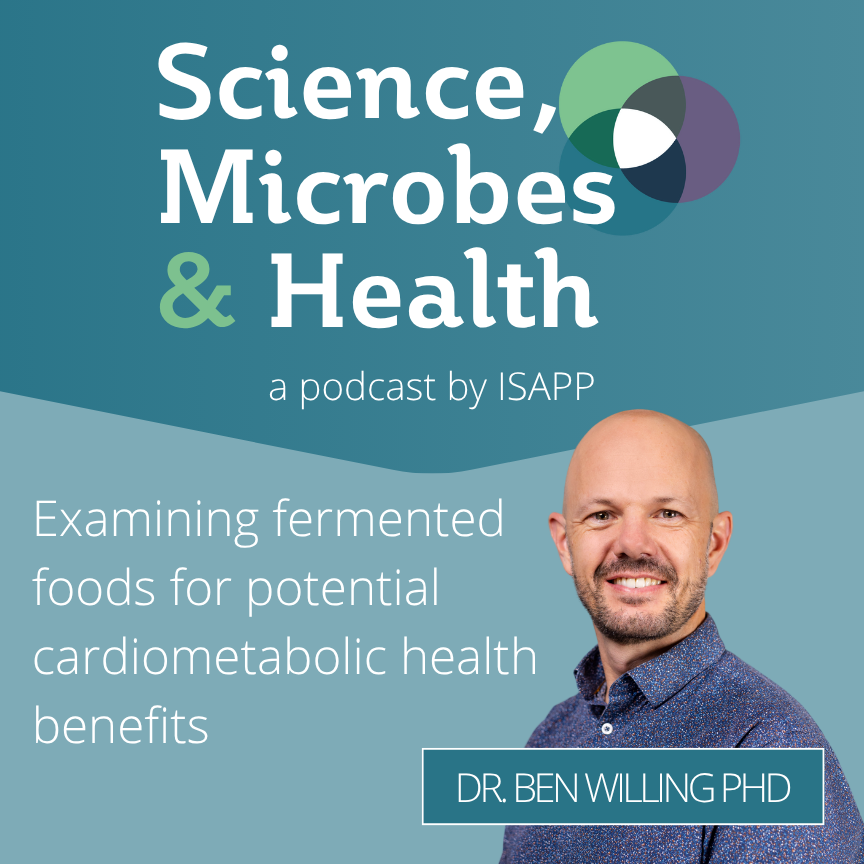
Examining fermented foods for potential cardiometabolic health benefits, with Prof. Ben Willing PhD
This episode features Prof. Ben Willing PhD from the University of Alberta, Canada, speaking about his work investigating fermented foods such as kefir for potential cardiometabolic health benefits. The microorganisms associated with fermented foods are not standardized – for example, traditional kefirs have some microorganisms in common, but other microorganisms that are present sporadically. Moreover, kefir… -
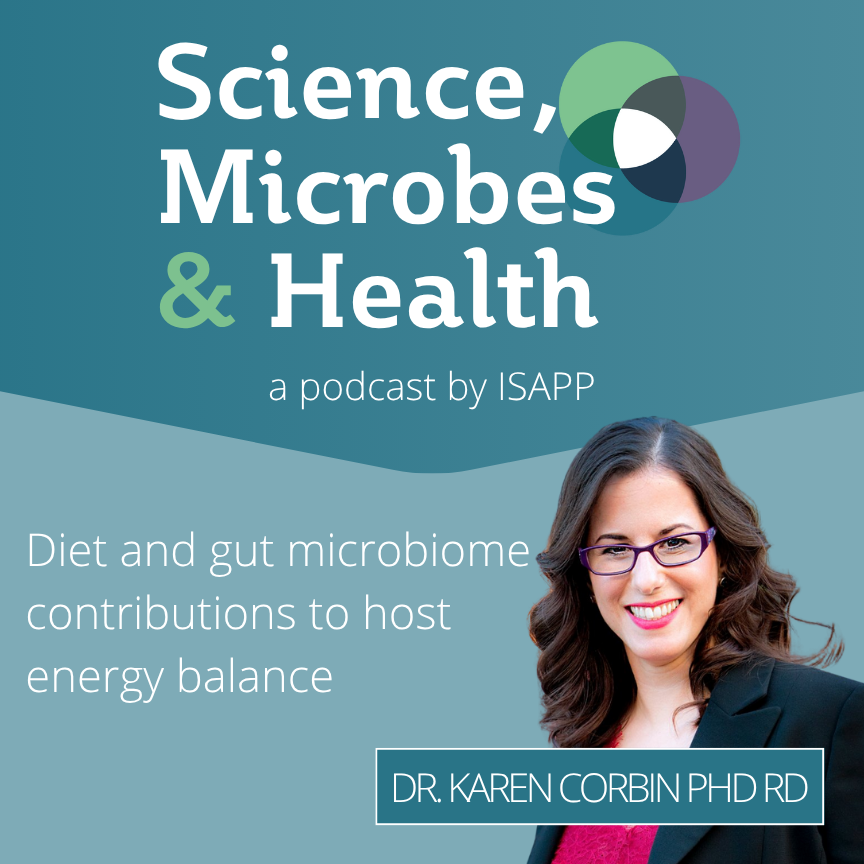
Diet and gut microbiome contributions to host energy balance, with Dr. Karen Corbin PhD RD
This episode features Dr. Karen Corbin PhD RD from AdventHealth Translational Research Institute (USA), speaking about how the triad of diet, gut microbiome, and host characteristics contribute to energy balance as well as metabolic diseases. From the perspective of host physiology, she explores how to use diet to remodel the gut microbiome to impact energy… -
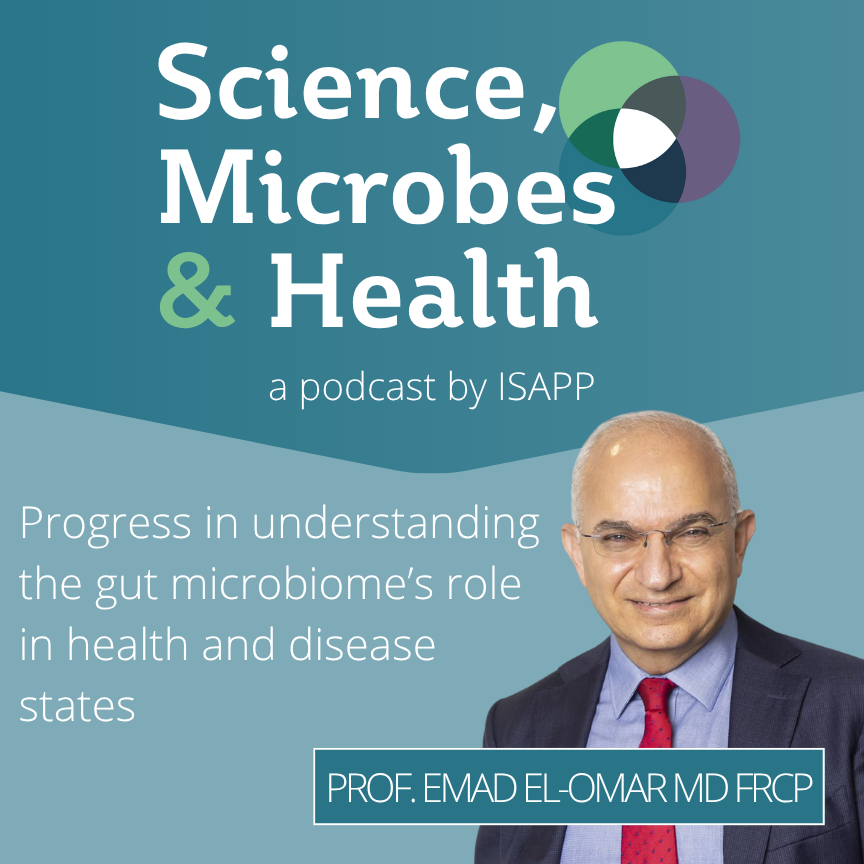
Progress in understanding the gut microbiome’s role in health and disease states, with Prof. Emad El-Omar MD FRCP
This episode features Prof. Emad El-Omar MD FRCP from the University of New South Wales in Sydney, Australia, speaking about a recent paper exploring the healthy microbiome concept, as well as the latest research on how the gut microbiome contributes to the pathophysiology of several diseases. Prof. El-Omar talked about research on H. pylori-induced disease in… -

The HACK index for measuring a health-associated gut microbiome, with Dr. Tarini Ghosh PhD
This episode features computational microbiologist Dr. Tarini Ghosh PhD from Indraprastha Institute of Information Technology (Delhi, India) speaking about his recently published paper that proposes a novel Health-Associated Core Keystone (HACK) index for measuring a healthy microbiome. To create the index, the group used a huge volume of sequence data – over 201 terabytes –… -

Regulatory science and the development of microbiome biomarkers, with Dr. Céline Druart PhD
This episode features Dr. Céline Druart PhD of Pharmabiotic Research Institute (PRI) speaking about the role of regulatory science in the development of microbiome biomarkers. First, PRI’s Communication and Membership Manager Camille Bello briefly describes the work of the PRI in supporting the development of therapeutic and diagnostic products derived from microbiome science. Regulation is… -

Identifying features of a healthy microbiome, with Raphaela Joos
This episode features Raphaela Joos from University College Cork in Ireland, speaking about efforts by the Human Microbiome Action Consortium to create an expert-led consensus around the concept of a healthy human microbiome. Ms. Joos, a PhD student who was first author of the resulting paper, notes that a healthy human microbiome can be defined… -
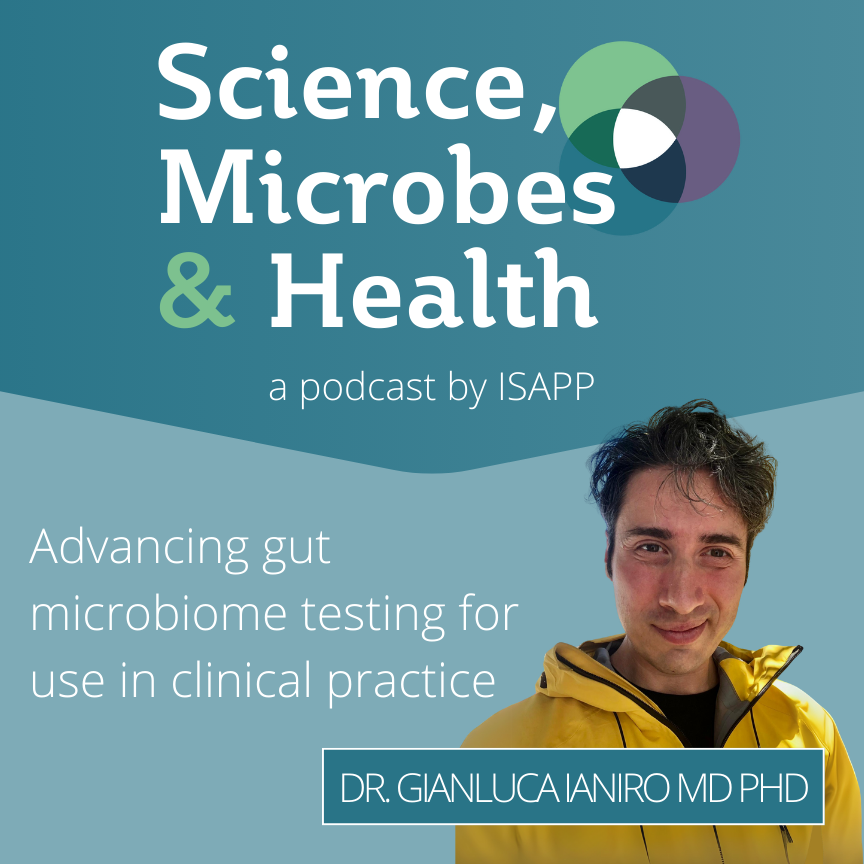
Advancing gut microbiome testing for use in clinical practice, with Dr. Gianluca Ianiro MD PhD
In this episode, Dr. Gianluca Ianiro MD PhD speaks about how to advance gut microbiome testing for use in medicine. -
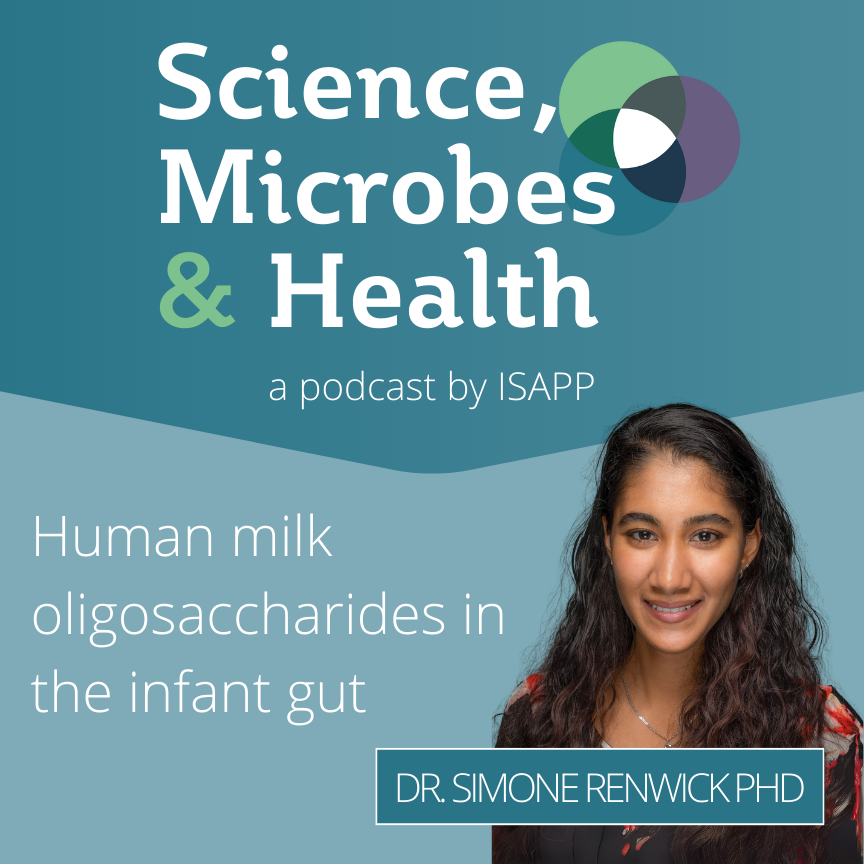
Archive Highlight: Human milk oligosaccharides in the infant gut, with Dr. Simone Renwick PhD
In this episode, the ISAPP hosts discuss human milk and the infant gut with Dr. Simone Renwick PhD from Mother-Milk-Infant Center of Research Excellence (MOMI CORE) at UC San Diego, USA. Dr. Renwick talks about her work investigating how communities of microbes versus individual microbes in the infant gut metabolize human milk oligosaccharide (HMO) structures,… -

How a non-industrialized diet affects gut microbes and health, with Dr. Anissa Armet PhD RD
This episode features Dr. Anissa Armet PhD RD from the University of Alberta in Canada, speaking about the impact of diet on both the gut microbiota and overall health. Dr. Armet, a registered dietitian and researcher, says the Western diet along with the associated gut microbiome changes have played a role (amongst other things) in… -

Interactions of polyphenols in the gut, with Prof. Yves Desjardins PhD
This episode features Prof. Yves Desjardins PhD from Laval University in Canada. Prof. Desjardins, an agrologist by training, explains that polyphenols are metabolites synthesized by plants and present in the plant foods we consume. When humans consume polyphenols, we absorb a small fraction (around 5%) of them in the upper gastrointestinal tract, but most of… -
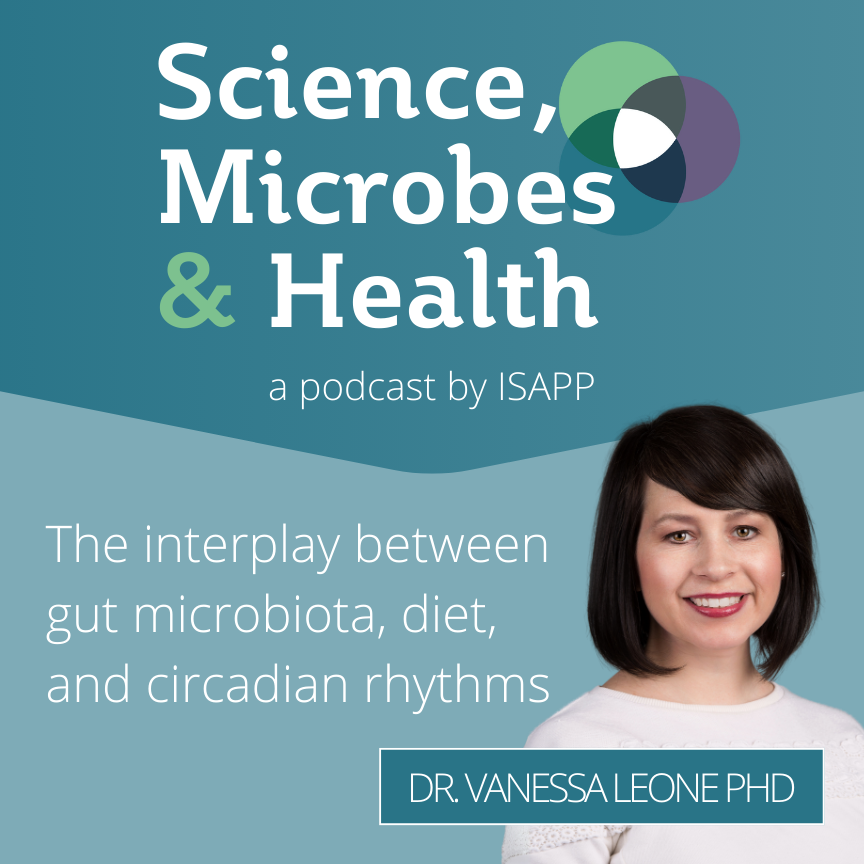
The interplay between gut microbiota, diet, and circadian rhythms, with Dr. Vanessa Leone PhD
This episode features Dr. Vanessa Leone PhD from the University of Wisconsin – Madison on how gut microbes and eating patterns impact the host circadian system and overall health. In mouse models, Dr. Leone has found that in a 24-hour period, minor changes occur in the composition of the gut microbiota, while more important changes… -
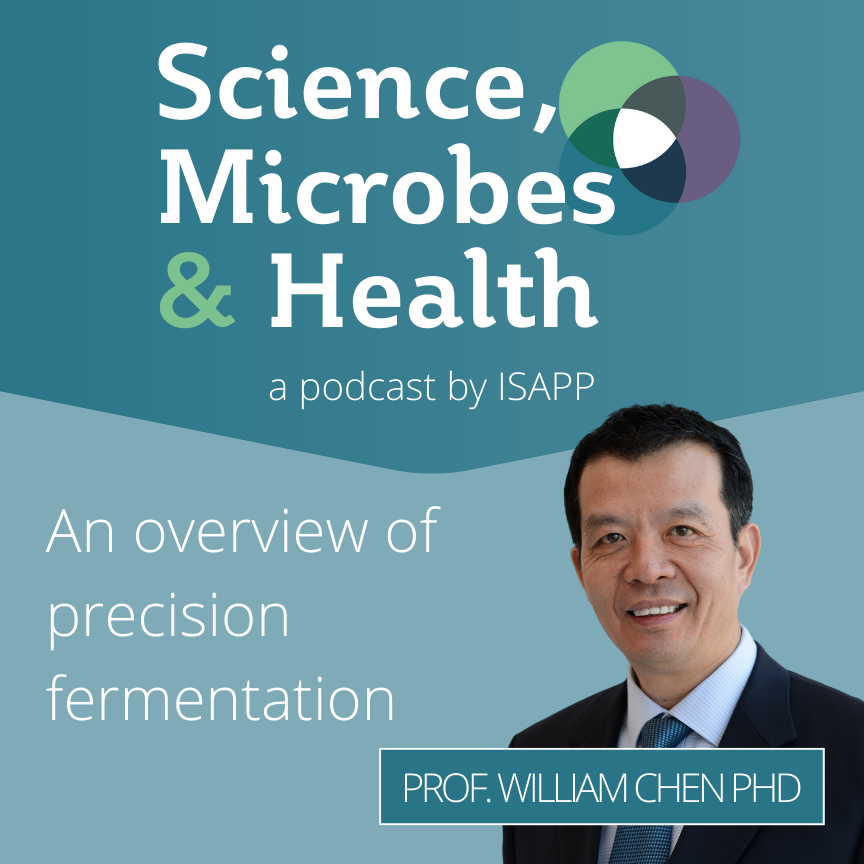
An overview of precision fermentation, with Prof. William Chen PhD
This episode features Prof. William Chen from Nanyang Technological University in Singapore, speaking with the ISAPP hosts about precision fermentation. In Singapore, enhancing national food security is of interest and one of the technologies used to achieve this is precision fermentation. Prof. Chen describes the differences between traditional fermentation, biomass fermentation, and precision fermentation. In… -
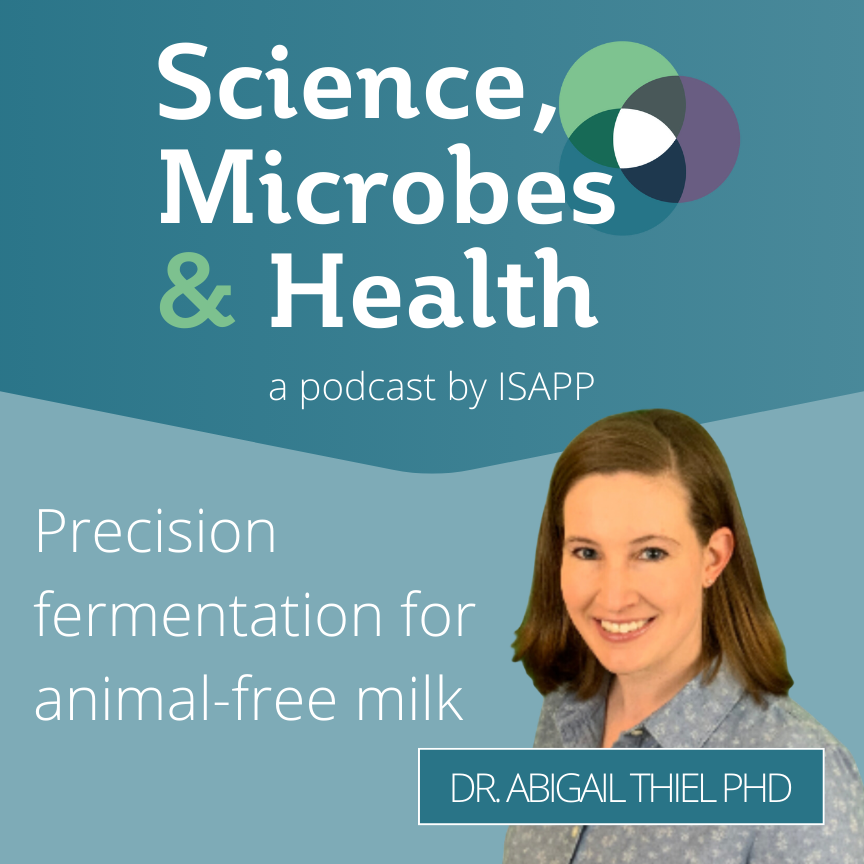
Precision fermentation for animal-free milk, with Dr. Abigail Thiel PhD
This episode features Dr. Abigail (Abbey) Thiel PhD, who works remotely (from the US) with Wageningen University to manage a project focused on developing animal-free milk proteins using precision fermentation. Dr. Thiel explains that the motivation for the project is to find alternatives to animal-produced foods using microorganisms to produce key components of dairy products…. -
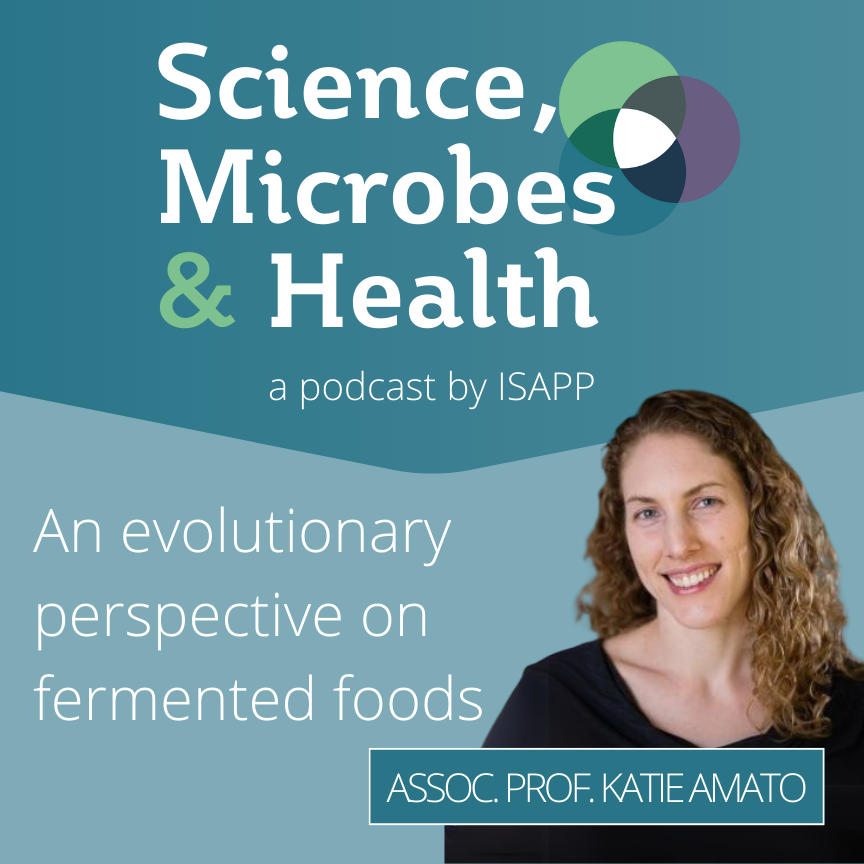
Archive Highlight: An evolutionary perspective on fermented foods, with Assoc. Prof. Katie Amato
Continuing in the series on the latest fermented food science, we are highlighting Episode 9 from our archives. In this episode, the ISAPP hosts talk about fermented foods and non-human primates with Katie Amato of Northwestern University, USA. Amato describes what she has learned from studying the gut microbiota of non-human primates and how it… -
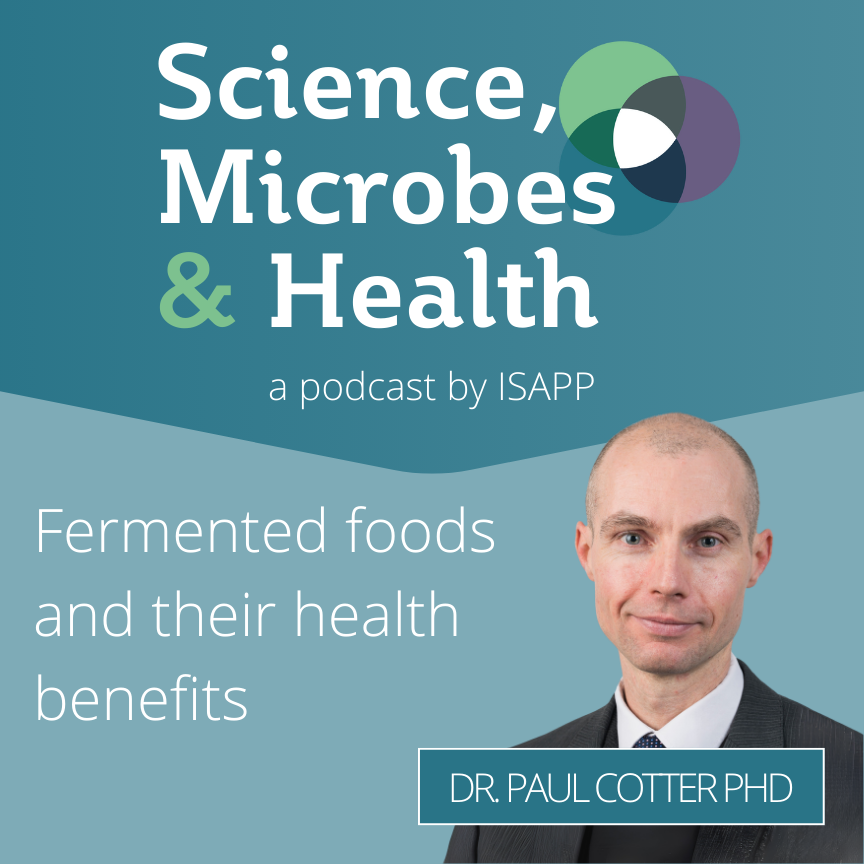
Fermented foods and their health benefits, with Dr. Paul Cotter PhD
This episode features Dr. Paul Cotter PhD of TEAGASC in Ireland, talking about the creation of fermented foods and how they can lead to health benefits. A huge array of foods can be fermented, and historically fermentation was used to extend the shelf life of a food that people had an abundance of. Dr. Cotter’s… -
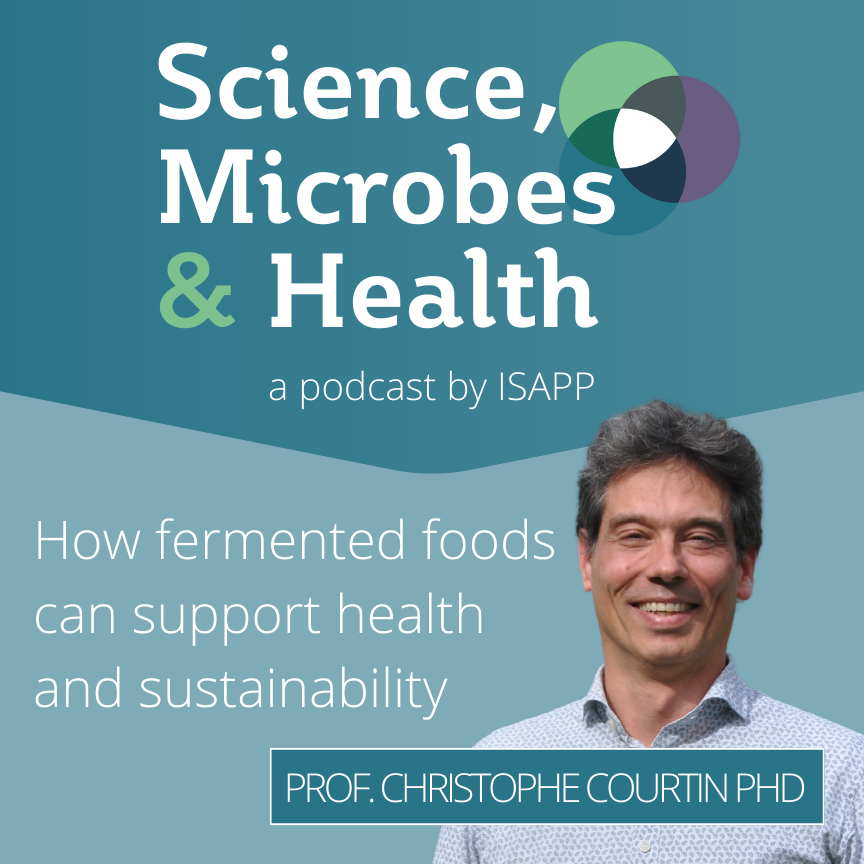
How fermented foods can support health and sustainability, with Prof. Christophe Courtin PhD
In this episode, Prof. Christophe Courtin PhD from KU Leuven in Belgium discusses the potential of fermented foods to provide health benefits and create more sustainable food systems. His work focuses in particular on fermenting cereal grains as a way to create products with better properties or enhanced health impact. Fermentation is a form of… -
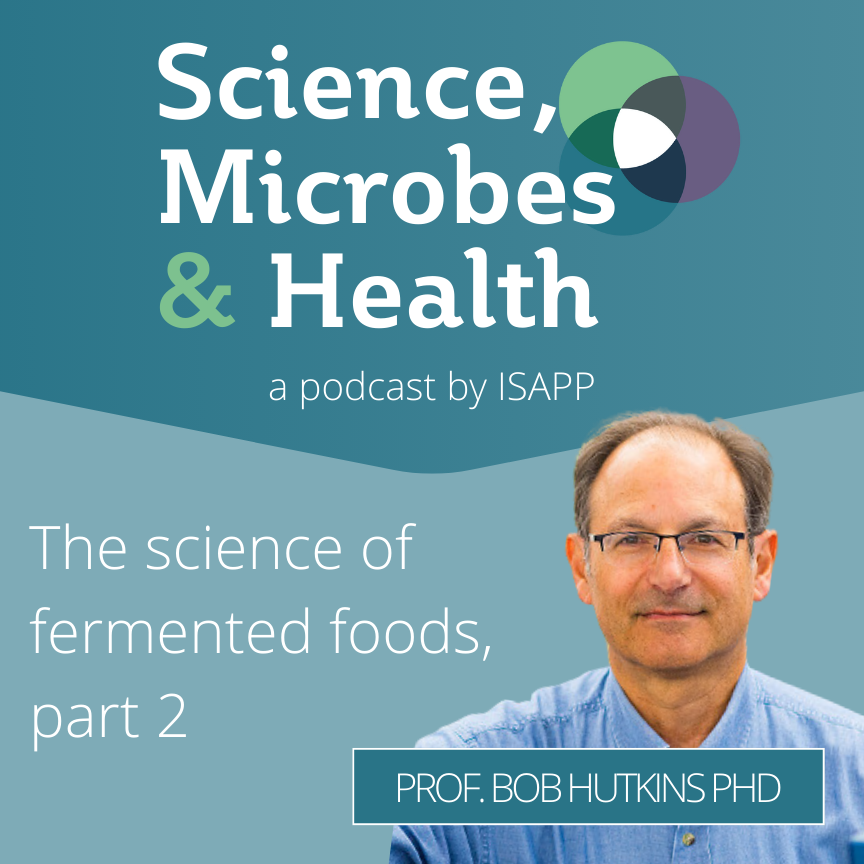
Archive Highlight: The science of fermented foods, part 2, with Prof. Bob Hutkins
Continuing in the series on the latest fermented food science, we are highlighting Episode 3 from our archives. The hosts continue their discussion of fermented foods with Prof. Bob Hutkins, University of Nebraska – Lincoln. Prof. Hutkins elaborates on how the microbes associated with fermented foods may confer health benefits, as well as how food… -
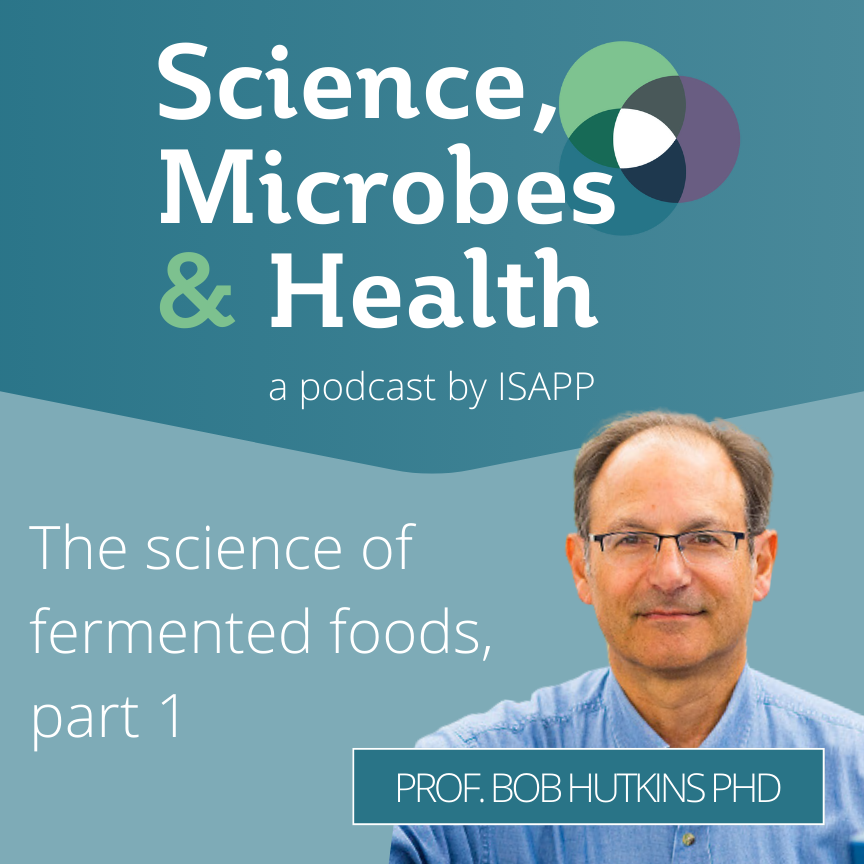
Archive Highlight: The science of fermented foods, part 1, with Prof. Bob Hutkins
Welcome to the first episode of our new series on the latest fermented food science. We are highlighting Episode 1 from our archives with guest Prof. Bob Hutkins, University of Nebraska – Lincoln. Prof. Hutkins wrote a popular textbook on fermented foods and has had a 40-year career in fermentation science. He shares why he… -
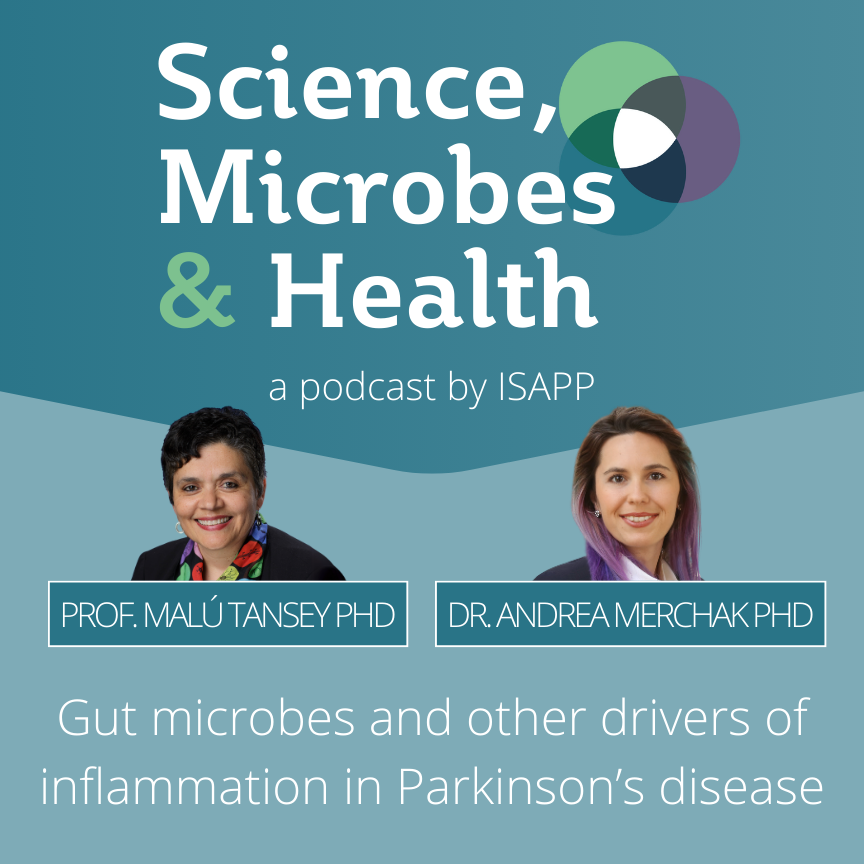
Gut microbes and other drivers of inflammation in Parkinson’s disease, with Prof. Malú Tansey PhD and Dr. Andrea Merchak PhD
This episode features Prof. Malú Tansey PhD and colleague Dr. Andrea Merchak PhD from the University of Florida, USA, discussing neuroinflammation and the role of gut microbes in Parkinson’s disease (PD) and other neurodegenerative diseases. “Inflammaging” tends to occur as aging progresses, but the links that have been made between the gut and the brain… -

Using a microbiota-gut-brain axis on a microfluidic chip to gain insights into neurodegenerative diseases, with Prof. Kerensa Broersen PhD
This episode features Prof. Kerensa Broersen PhD from University of Twente in the Netherlands, speaking about using an innovative model of the microbiota-gut-brain axis to learn about neurodegenerative diseases such as Parkinson’s disease. Prof. Broersen says that while clinical studies are applicable to human health and animal models have great physiological complexity, her lab focuses… -
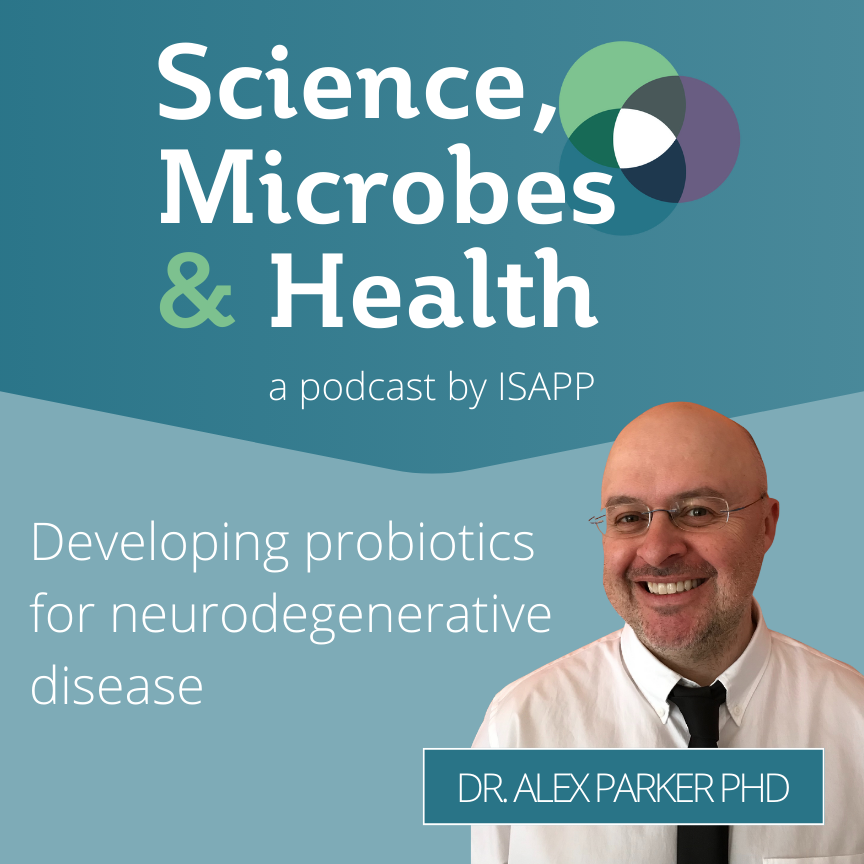
Developing probiotics for neurodegenerative disease, with Dr. Alex Parker PhD
This episode features Dr. Alex Parker PhD from Université de Montréal talking about models for studying neurodegenerative diseases. His lab makes use of the worm C. elegans, a common model organism for studying disease and aging as it has many genes in common with humans. Focusing on amyotrophic lateral sclerosis (ALS), Dr. Parker makes models… -

Archive Highlight: New evidence on the virome in gut-brain communication and stress, with Nathaniel Ritz and Thomaz Bastiaanssen
Continuing our series on the microbiota-gut-brain axis, we are highlighting Episode 34 from our archives. In this episode, the ISAPP hosts discuss a new study on how the gut virome affects the host during stress, with Nathaniel (Nate) Ritz from the Institute for Systems Biology in Seattle, USA and Thomaz Bastiaanssen from APC Microbiome Ireland…. -
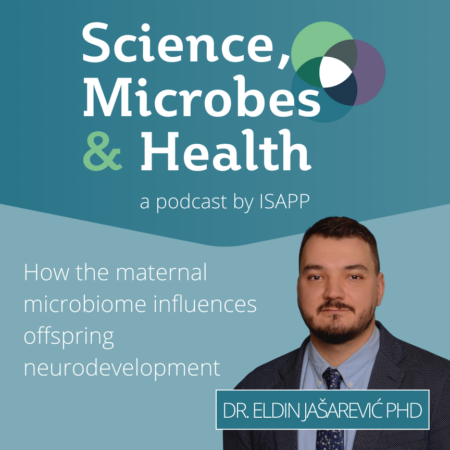
How the maternal microbiome influences offspring neurodevelopment, with Dr. Eldin Jašarević PhD
This episode features Dr. Eldin Jašarević PhD from University of Pittsburgh discussing research that investigates how maternal signals influence the general development and neurodevelopment of the offspring. Dr. Jašarević’s particular interest in this field stems from his family’s journey as refugees from Bosnia who found their way to the US. His lab studies how maternal… -

Fiber and short-chain fatty acids for cognitive health, with Dr. Boushra Dalile PhD
This episode features Dr. Boushra Dalile PhD from KU Leuven in Belgium – ISAPP’s 2024 Glenn Gibson Early Career Researcher Award winner – discussing the protective role of fiber and prebiotics on cognitive health. Dr. Dalile is trained in psychology, and in her current work she undertakes human intervention studies to examine the effects of… -
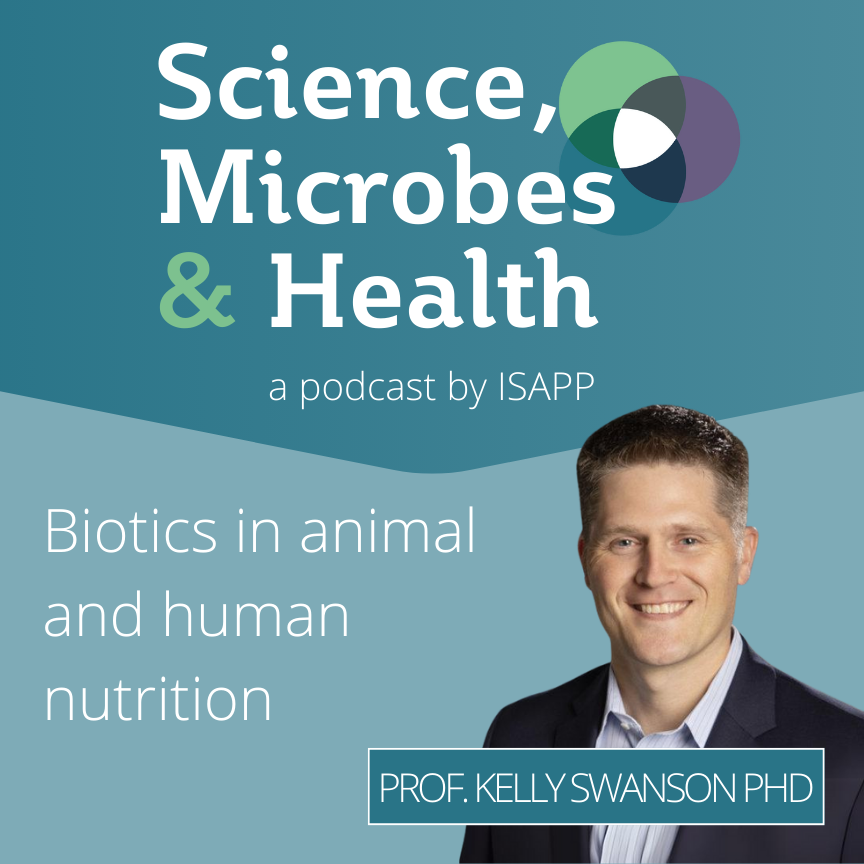
Archive Highlight: Biotics in animal and human nutrition, with Prof. Kelly Swanson PhD
Completing our series on the role of biotics in animal health, we are highlighting Episode 22 from our archives. In this episode, Prof. Kelly Swanson PhD from University of Illinois at Urbana-Champaign discusses the role of biotics in animal and human nutrition. He reviews the criteria for prebiotics and synbiotics, then discusses how we gain… -
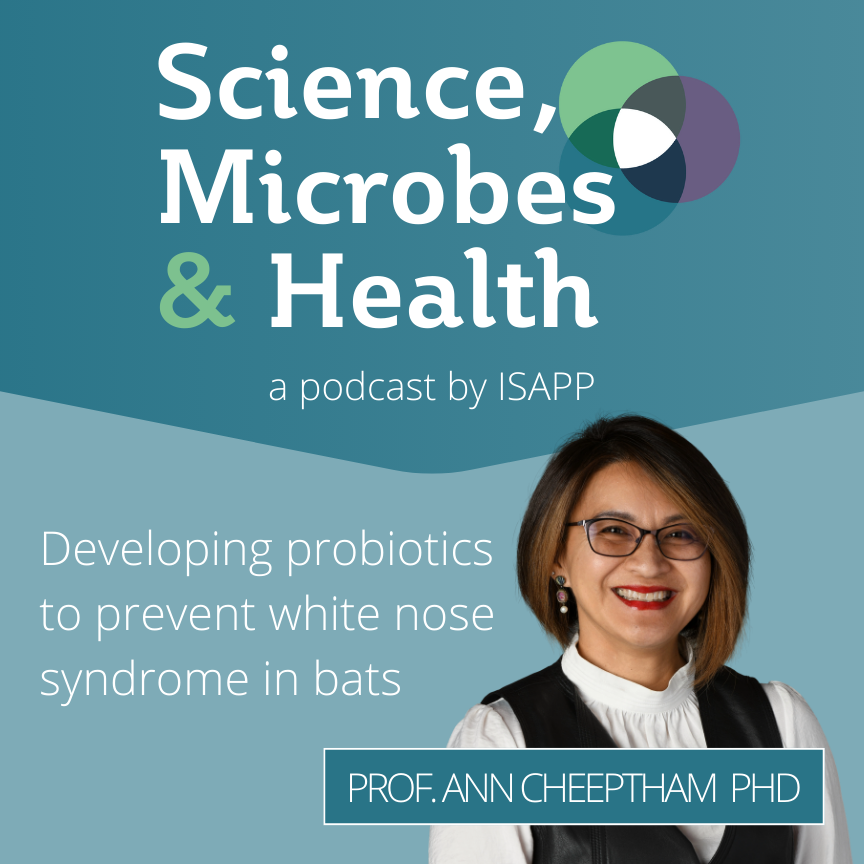
Developing probiotics to prevent white nose syndrome in bats, with Prof. Ann Cheeptham PhD
This episode features Prof. Naowarat (Ann) Cheeptham, a cave microbiologist from Thompson Rivers University (Canada), speaking about a fungal infection in bats that causes white nose syndrome. She and her collaborators are looking at the microbiomes of the bats and their environments for possible ways to prevent this serious infection. White nose syndrome is caused… -

Archive Highlight: Prebiotics for animal health, with Prof. George Fahey
Continuing our series on the role of biotics in animal health, we are highlighting Episode 5 from our archives. This episode features a former ISAPP board member, Prof. George Fahey, giving an overview of animal prebiotic research and describing future opportunities for prebiotics in animal nutrition. Prof. George Fahey is a prominent animal nutrition scientist…